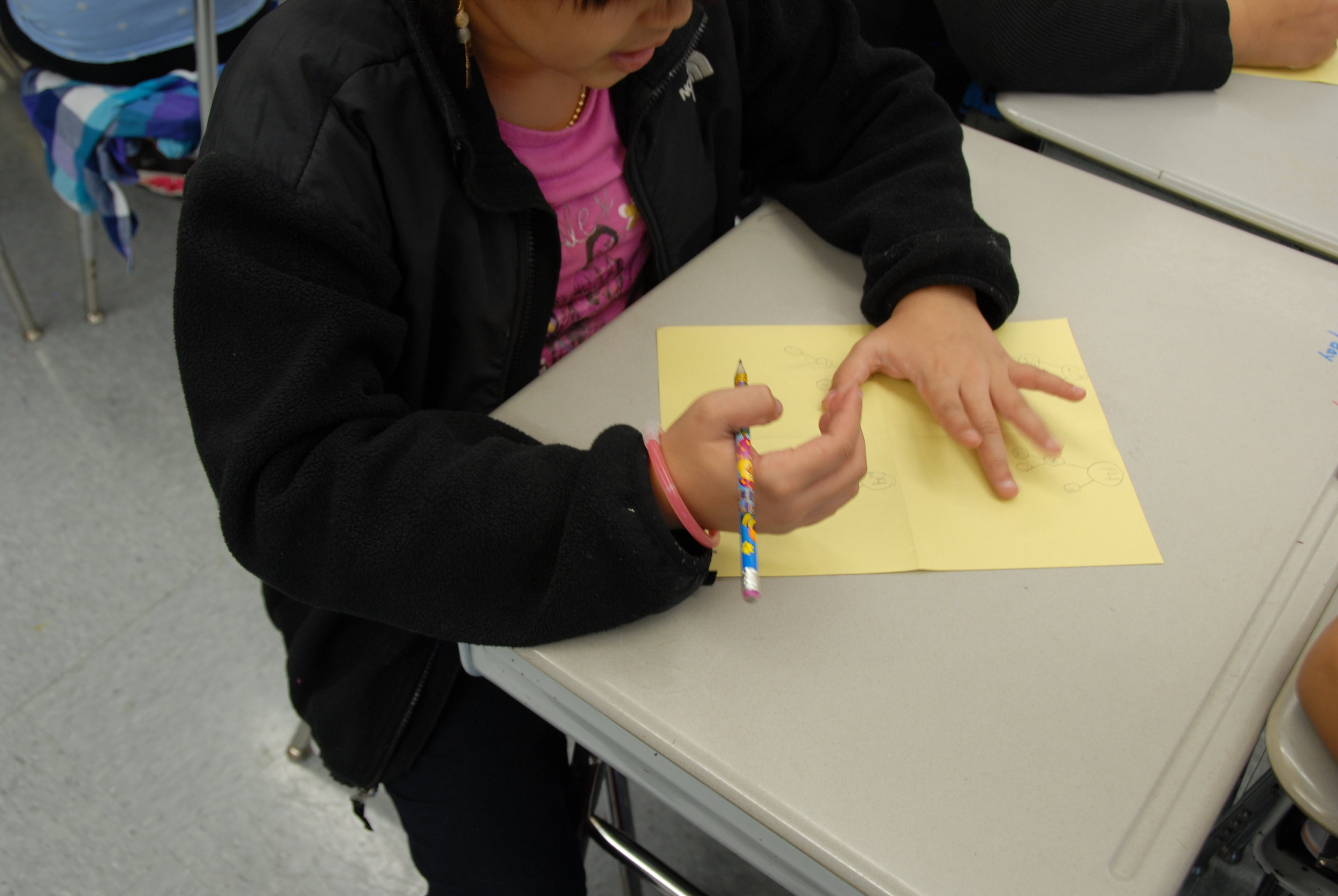Building Student Independence
I often hear what I hope are compliments when visitors walk into my classroom, and I am able to attend to this new intermission in our day's work. It wasn't always this way of course. Kids are kids. Their natural inclination is that the moment teacher is distracted it will seem like a golden opportunity to do "something else". So, when I started reading and researching the Daily Five some years ago, I was drawn to the idea that the students can be taught to make their own choices, that the kids can work with greater independence and self-responsibility.Before the Daily Five entered my teaching life, I felt that I needed to whip the kids into shape. I was in charge. All the kids had to do was sit back and comply - and mostly they did. But they didn't own anything. I'm sure that for most kids, that was not all that motivating.From the first day, everything - and I do mean every routine - is presented and practiced using the Daily Five 10 Steps to Independence. For me, along with the brain-based research, this nugget of pedagogy has been the most exciting part of adopting the Daily Five model in Literacy and in Math workshops. When I say everything, I mean every single routine in our day has been practiced with independence in mind - line ups, transitions, emergency drills, finding a spot to read within the room. It sounds and often is tedious, but the end result has been that the kids know what is expected and rise to meet the expectations for increased responsibility.Learning to trust 8, 9, and 10 year olds to make good decisions isn't easy for teachers who are held accountable for everything in our current teaching environment. But building that trusting relationship is essential to the human back-and-forth that breathes life into our relationships with kids. And for me, that is worth every moment it has taken to build student independence.
It wasn't always this way of course. Kids are kids. Their natural inclination is that the moment teacher is distracted it will seem like a golden opportunity to do "something else". So, when I started reading and researching the Daily Five some years ago, I was drawn to the idea that the students can be taught to make their own choices, that the kids can work with greater independence and self-responsibility.Before the Daily Five entered my teaching life, I felt that I needed to whip the kids into shape. I was in charge. All the kids had to do was sit back and comply - and mostly they did. But they didn't own anything. I'm sure that for most kids, that was not all that motivating.From the first day, everything - and I do mean every routine - is presented and practiced using the Daily Five 10 Steps to Independence. For me, along with the brain-based research, this nugget of pedagogy has been the most exciting part of adopting the Daily Five model in Literacy and in Math workshops. When I say everything, I mean every single routine in our day has been practiced with independence in mind - line ups, transitions, emergency drills, finding a spot to read within the room. It sounds and often is tedious, but the end result has been that the kids know what is expected and rise to meet the expectations for increased responsibility.Learning to trust 8, 9, and 10 year olds to make good decisions isn't easy for teachers who are held accountable for everything in our current teaching environment. But building that trusting relationship is essential to the human back-and-forth that breathes life into our relationships with kids. And for me, that is worth every moment it has taken to build student independence.